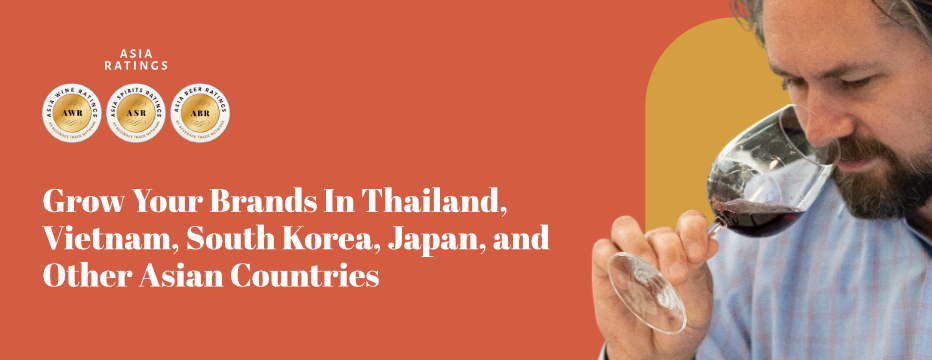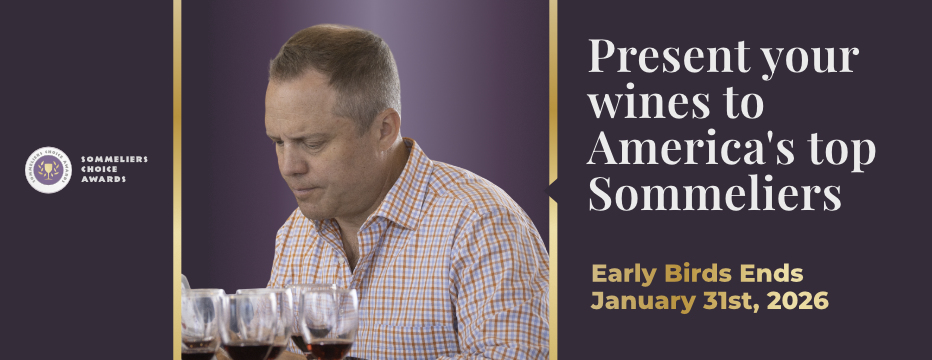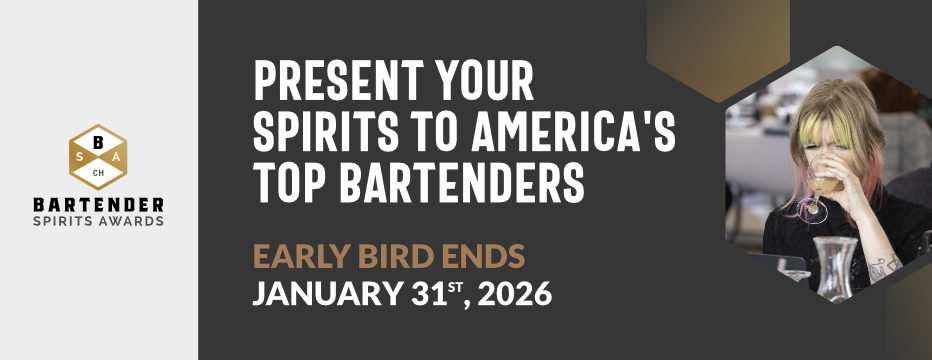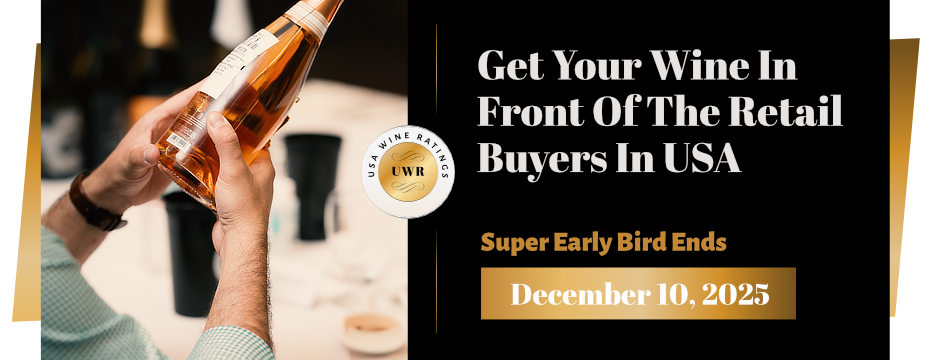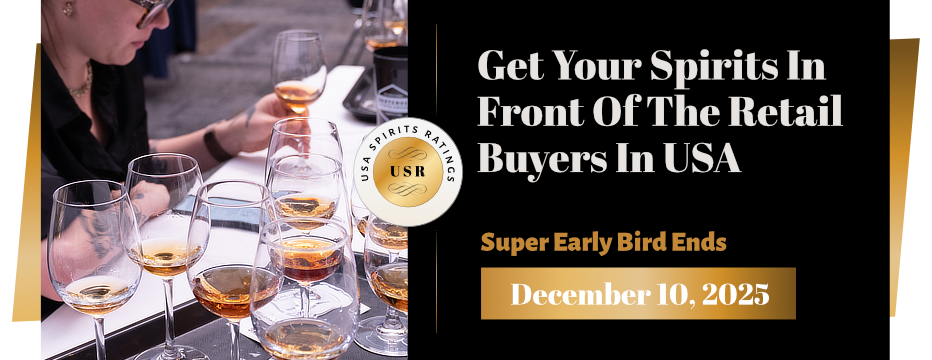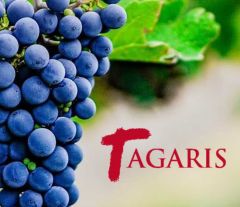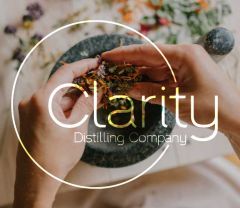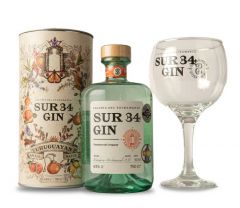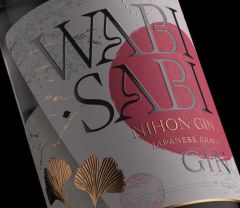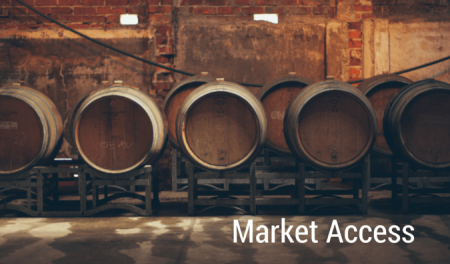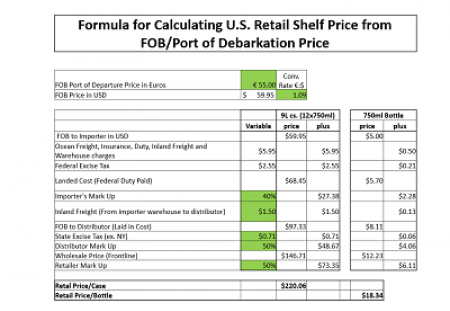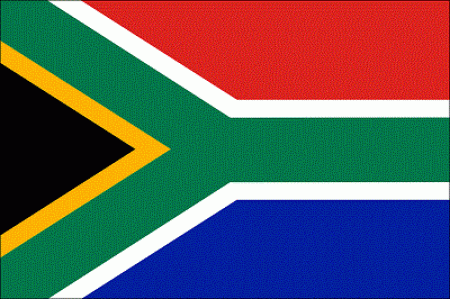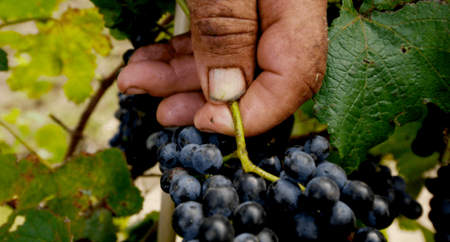Category Navigation
Share
Broadcast date:
//
Featured Brands
Featured Suppliers
Sommeliers Choice Awards 2025 Winners
A new digital approach to wine marketing in 2019 will help to transform the way wineries, wine brands, and winemakers communicate with potential customers. In some cases, new digital platforms will help winemakers in one part of the world communicate with customers located halfway around the globe. In other cases, it will help to tell real, authentic stories about grape varietals, wine styles, or winemaking techniques via emerging new technologies. Now that 2018 is in the rear window, it’s time to explore innovative marketing strategies for 2019.
Instagram Stories
As a winery or wine retailer, you may already be adding photos or short video clips to your Instagram account. Now it’s time to take things one step further by combining several different photos or video clips into Instagram Stories. The best part about these Stories is that they allow you to add multiple photos per day, all without overburdening followers with a lot of content. Users open up Stories within the Instagram app and view them as part of one central narrative. And, after 24 hours, they will disappear from the Instagram news feed, which gives them an added element of scarcity. Moreover, one of the key selling points of Instagram Stories, at least from a marketing perspective, is that new Stories always appear at the very top of a user’s Instagram feed in the app. Thus, even if a follower never clicks on your Story, you still have exposed them to your brand logo.
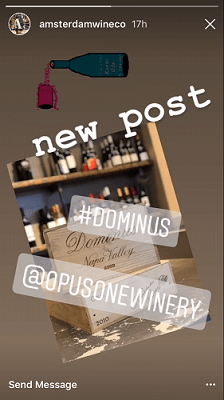 There are many different ways to use Stories. They can be used to promote upcoming events, especially because you can overlay text and graphics on top of the images. They can also be used to announce upcoming sales or discounts. For example, Amsterdam Wine Company, located on Manhattan’s Upper West Side, recently used Instagram Stories to alert customers of the new arrival of Opus One and Dominus wines.
There are many different ways to use Stories. They can be used to promote upcoming events, especially because you can overlay text and graphics on top of the images. They can also be used to announce upcoming sales or discounts. For example, Amsterdam Wine Company, located on Manhattan’s Upper West Side, recently used Instagram Stories to alert customers of the new arrival of Opus One and Dominus wines.
And they can also be used to entice followers to drop by a winery and try some of your new wines. If you add in your location to these Stories, they can also be used to reach out to people not already following you on Instagram. For example, someone searching for “Napa, California” within Instagram would also see top posts and Stories from Napa, California – and that might just be the inspiration for them to stop by and tour your winery!
Voice search
The next frontier in search is the voice. Already, it’s possible to search on Google with just your voice – something that’s particularly easy and natural to do with Google on your smartphone. It might feel a bit strange talking to your desktop computer, but there’s nothing out of the ordinary when it comes to speaking voice commands into a smartphone!
But the really exciting area of voice search goes far beyond smartphones to include digital home assistants like Amazon Echo and Google Home. Both of these allow people to get answers to common questions, simply by speaking a voice command. “Hey Google, what wine pairs well with steak?” If you ask that question to your Google Home device, it might recommend any number of red wines, including a Cabernet Sauvignon from a local retailer like Total Wine. So, you can immediately see why voice search is so exciting. By becoming the #1 search answer for common questions about wine, you might dramatically increase the commercial potential of your wines. By some estimates, there are now 50 million Amazon Echoes in circulation – meaning 50 million people might want to learn about your wines.
To see this technology at work, consider what Diageo did during the Winter 2018 holiday season. To boost brand awareness around its Talisker Scotch whisky collection, it created a Scotch Whisky Tasting Experience for the Amazon Echo. Speaking a specific command to the Amazon Echo then activated what might best be called “an audio brand journey” narrated by Alexa. Users are asked to choose between one of three different Scotch whiskies, and then they are given insights into how to taste and enjoy that particular Talisker offering, as well as information about the Isle of Skye in Scotland. The tagline for the promotion was brilliant: “Just ask Amazon Alexa.”
Podcasting
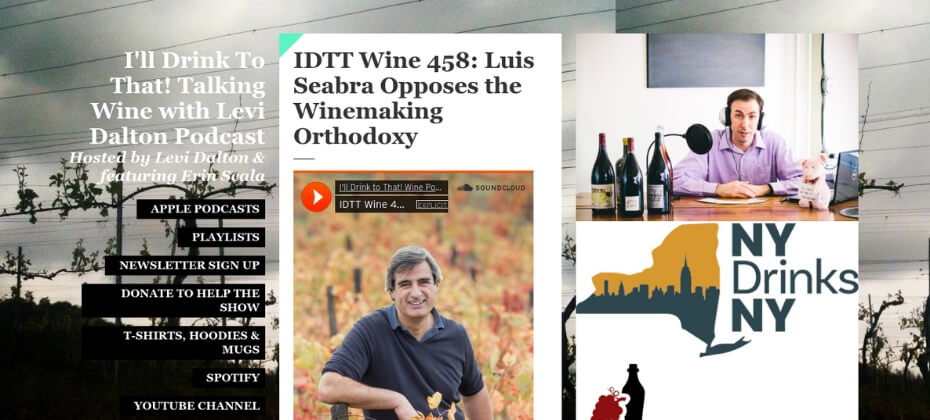
How do you reach people when they are not staring at their computer or smartphone screens? Easy – you create audio content in the form of podcasts that they can listen to in their spare time. People can listen your podcasts as they work out at the gym, as they commute to the office in the morning, or as they simply relax on the couch after a long day at the office. If you are looking to boost the level of engagement that fellow wine drinkers have with your brand, audio podcasts are a very effective form of digital marketing.
By far, the two most common formats of wine podcasts are those that consist of interviews with winemakers or wine experts and those that more closely resemble a “wine talk show,” with a lot of banter and conversation amongst the hosts. If you are looking to boost your wine knowledge, a podcast like Levi Dalton’s “I’ll Drink to That” (IDTT) might be enjoyable. In one episode, he might discuss a single grape varietal or winemaking technique for up to 60 minutes at a time. And, if you are looking for more insights into overall wine culture or wine reviews, you might enjoy a wine podcast like “A Glass With” or “It’s the Drink Talking.”
Long-form video content
At one time, the rule about online video creation was that all new online content should be “bite-sized” in nature, and that inevitably led to brief 2-minute videos across YouTube. But now the trend is shifting in the opposite direction, in the favor of longer-form video content that more closely resembles a 30-minute TV series.
And, in fact, that’s exactly what Wine Enthusiast launched at the beginning of 2019 – a brand-new 30-minute “docu-series” for Amazon Prime Video called “It Starts With Wine” that explores various aspects of winemaking and wine culture. The premiere episode, for example, took viewers to Uruguay to explore how this nation might be the next big South American market for wine. Other episodes will explore topics like the biodynamic viticulture trend in California.

Obviously, not every winery can become a full-time media company producing its own TV shows. However, there is obviously a lot of pent-up consumer demand to know more about wine personalities and to help break down the walls between “wine experts” and regular, everyday wine drinkers. “It Starts With Wine” is part of a bigger trend that includes the phenomenally popular series of “Somm” movies and the British TV show “The Wine Show,” now available in the United States via Hulu. So, as you go about creating and curating video content for your wine brand, really think about ways to bring out the personality surrounding your wines.
Smart bottles and augmented reality
The field of augmented reality is getting a lot of buzz in the wine industry right now, thanks to its ability to transform a regular wine bottle into a “talking wine label.” The way it works is simple: a user downloads an app from the App Store, opens up the app, and then points the smartphone right at the label on the bottle. This results in a very interactive experience.
The first major brand to experiment with augmented reality (AR) was 19 Crimes, which is generally given credit for pioneering the field of talking wine labels. What made the experience so compelling is that 19 Crimes was already very much a narrative-driven brand based around the real-life convicts who helped to colonize Australia. The 19 Crimes AR experience helps to bring the stories of these men to life, letting us know more about their stories. And, more recently, the brand Tussock Jumper Wines has also experimented with AR for its bottles depicting various animals. Point your AR-equipped smartphone at a bottle of Tussock Jumper Tempranillo from Spain, for example, and you’ll learn more about the bull on the bottle and the growing conditions in Spain.

Virtual reality
And, if you think AR is cutting-edge, wait until you see what wineries and wine brands are doing with virtual reality (VR). Legendary Internet investor Marc Andreessen recently proclaimed that VR would be “1000 times bigger than AR,” and for good reason. VR is much more of a total immersive experience, thanks to the need to strap on a VR headset. Now that the Oculus GO all-in-one VR device is available for sale for just $199, it could make VR much more accessible.
And, in fact, some wineries and wine regions are already getting into the VR game. The idea is simple: let potential wine drinkers explore your wine region and your wines without ever leaving their couches. The concept is growing in Australia, where wineries now view VR as a potential way to win over tech-savvy Chinese consumers. Now that tariffs on Australian wine headed to China have been cut to zero, there’s tremendous excitement about selling into the Chinese market. Riverland Wine, which supports the Riverland Wine region in South Australia, is at the forefront of this trend and says that Chinese consumers have been very supportive of initial VR experiences.
***
The world of digital technology may be diverse and fast moving, but one thing is certain: it opens up an entirely new world of wine marketing. And it is particularly effective at courting young millennials, wherever they are in the world. Whether it’s listening to podcasts, watching long-form videos or interacting with bottles via apps, today’s young wine drinkers have fully embraced the idea of using technology to improve the overall wine experience.
Webinar table of contents
How Wine Marketing Will Change in 2019


